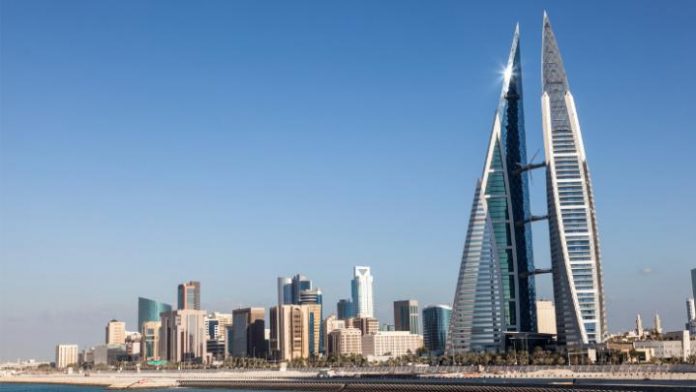A new report shows that outbound tourism from the six Gulf Cooperation Council countries (Bahrain, Kuwait, Oman, Qatar, Saudi Arabia, and the United Arab Emirates) has grown strongly in recent years.
The Gulf Cooperation Council (GCC) Outbound Travel Market’, is a recent report prepared by UNWTO and the European Travel Commission (ETC). It examines the fast-growing outbound market from the GCC countries (Bahrain, Kuwait, Oman, Qatar, Saudi Arabia, and the United Arab Emirates), with an additional focus on the image of Europe as a tourism destination.
The report finds that per-capita international tourism spending from the GCC was 6.5 times higher than the global average in 2017, with expenditure estimated to be more than US$60 billion in 2017, up from US$40 billion in 2010.
GCC countries constitute a fast-growing market with the potential to make a significant contribution to European tourism, diversifying demand and promoting new tourism segments.
Outbound travel from GCC countries to European destinations has benefited from the unprecedented growth in air travel, with Gulf carriers becoming major players in long-haul aviation. Air connectivity between Europe and the GCC has seen exponential growth, providing easy access to travel between the two regions.
GCC travellers are mostly young and family-oriented, with large disposable incomes, and looking for high-quality accommodation, food and retail services. They value Europe’s variety of attractions and landscapes, developed infrastructure and common visa and currency systems, which make multi destination travel easier.
Barriers to booking a trip to Europe include safety and security concerns, the language barrier and the high cost.
The report finds that destinations should focus on promoting specific tourism products and develop pan-European themes to attract tourists looking to visit multiple destinations.








 ©2024 All rights reserved LaingBuisson
©2024 All rights reserved LaingBuisson 


